Michelle Dorrance on how tap represents social change

Transcript
[The words “Art Is” appear, followed by scrolling words…Empathy, Creativity, a Human Right, Change, Expression…it stops at Social Change. Art Is Social Change.]
[On a large stage, Michelle and dancers perform. Throughout the video, footage of tap dancers like Josephine Baker, Gregory Hines, the Syncopated Ladies, and Savion Glover is interspersed with Michelle’s interview.]
Michelle Dorrance, tap dancer and choreographer: Art reflects our country’s community. Tap dancing has always been sort of a bastard of the dance forms, and yet it is this incredibly sophisticated, incredibly exciting form, a very cutting-edge form, constantly reinventing itself—and also reflecting what is going on in American culture.
To tell the story of the history of tap dance is also to move through the history of the United States of America. Early tap dancers were catalysts for social change— from Bill “Bojangles” Robinson and Shirley Temple being the first black and white hand to be ever held on the silver screen… on through civil rights.
To be a professional tap dancer is to be a historian. It’s something that my generation, we, I think, hold very near and dear to who we are as practitioners of the form. Every single time you have an opportunity to share it, we want to reference the past and yet show its possibilities moving forward.
[The words “Art Is” appear, followed by scrolling words…Social Change, Expression, Change, Creativity, Healing…it stops at Justice. Hashtag Art Is Justice. Agree? Share this video.]
[Ford Foundation logo: a globe made up of a series of small, varied circles.]
Accessibility Statement
- All videos produced by the Ford Foundation since 2020 include captions and downloadable transcripts. For videos where visuals require additional understanding, we offer audio-described versions.
- We are continuing to make videos produced prior to 2020 accessible.
- Videos from third-party sources (those not produced by the Ford Foundation) may not have captions, accessible transcripts, or audio descriptions.
- To improve accessibility beyond our site, we’ve created a free video accessibility WordPress plug-in.
Michelle Dorrance is a New York City-based tap dancer, choreographer, director, teacher, performer, and the founder and artistic director of Dorrance Dance. Mentored by Gene Medler, she grew up performing with his North Carolina Youth Tap Ensemble and has since performed with: STOMP, Savion Glover’s Ti Dii, Manhattan Tap, Barbara Duffy & Company, JazzTap Ensemble, Rumba Tap, Ayodele Casel’s Diary of a Tap Dancer, Mable Lee’s Dancing Ladies, Harold Cromer’s original Opus One, Derick Grant’s Imagine Tap!, Jason Samuels Smith’s Charlie’s Angels/Chasing the Bird, Jon Batiste and Stay Human on CBS’s The Late Show with Stephen Colbert. She also toured the US, Europe, and Australia playing the bass for indie-pop sensation Darwin Deez.
Most recently, Dorrance served as Vail Dance Festival’s 2017 artist-in-residence, curated Tireless: A Tap Dance Experience at Jacob’s Pillow Dance Festival while co-directing its tap education program with Dormeshia Sumbry-Edwards, and collaborated with Nicholas Van Young on Works and Process at the Guggenheim Museum’s first site-specific commission for the Guggenheim Rotunda. Dorrance’s choreography is performed throughout the world and has been featured at countless theaters, clubs, and festivals, including a choreographic commission for the Martha Graham Dance Company as a part of their Lamentation Variations, and a high-fashion short film for Tabitha Simmons.
Dorrance is a 2016-17 New York City Center Choreography Fellow, 2016 United States Artists Award recipient, 2015 MacArthur Fellow, 2014 Alpert Award winner, 2013 Jacob’s Pillow Dance Award winner, 2012 Princess Grace Award winner, 2012 Field Dance Fund recipient, and a 2011/2015 Bessie Award winner. She is an artist-in-residence at the American Tap Dance Foundation, has been featured on the cover of Dance Magazine and Dance Teacher magazine, is a Capezio Athlete, is a Virgo (Aquarius rising, Gemini moon), and her favorite colors are various shades of green and grey.
A passionate educator, Dorrance holds a BA from New York University, teaches on faculty at IFTRA, was on faculty at Broadway Dance Center for over a decade, and teaches as a guest artist at universities, festivals, and arts organizations throughout the world. She wishes to credit the master hoofers she studied with in her youth for constant inspiration and influence.
Other videos in this series
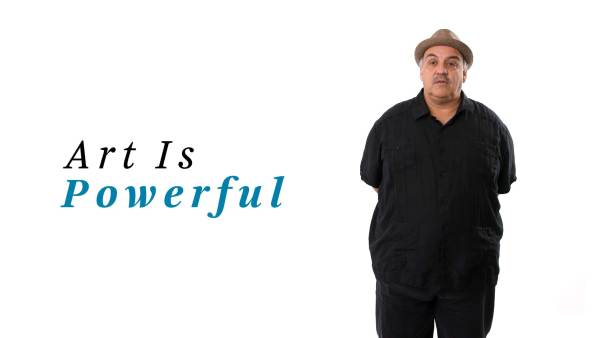
Luis Alfaro on the power of art and imagination
Art is powerful. Playwright Luis Alfaro shares how he uses art to stimulate the imaginations of those who might not be able to see a better life for themselves. He writes plays with narratives that allow people to envision themselves as free in the world.
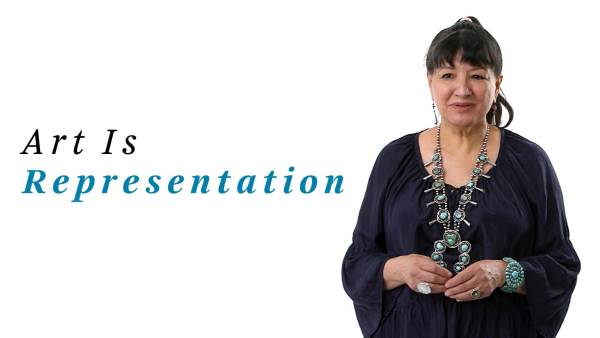
Sandra Cisneros on how art changes lives
Art can change lives for the better. Author Sandra Cisneros writes books that allow young people to see themselves represented on the page. As she says, when people see themselves represented in a way that is empowering, they feel more able to make a difference in the world.
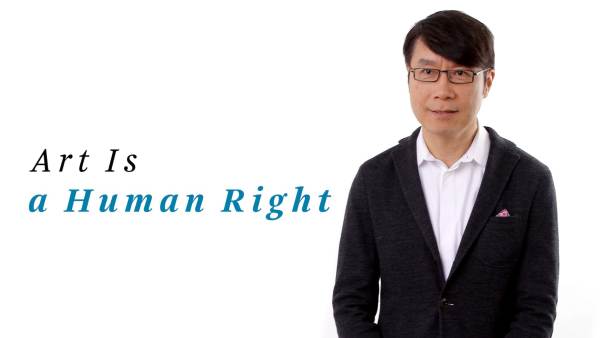
Samuel Hoi on art and human rights
Art is a way to shift reality and make an impact beyond the cultural field. Samuel Hoi cites Good Chance Theater staging shows at a refugee camp in northern France as an example of how art can uplift human rights.
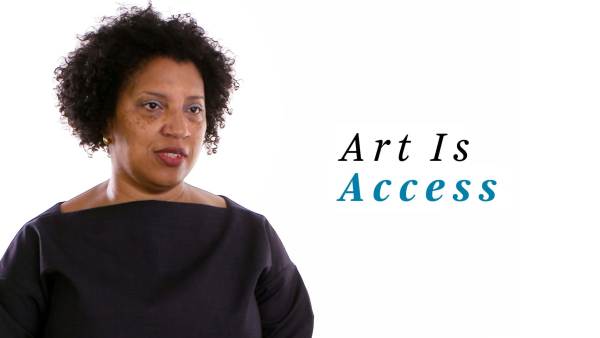
Robin Coste Lewis on how art creates access
Art can be a tool of resistance and beauty. Poet Robin Coste Lewis details how poetry helped her see her body as an aesthetic and political tool, and how art can allow marginalized communities to be seen and included.
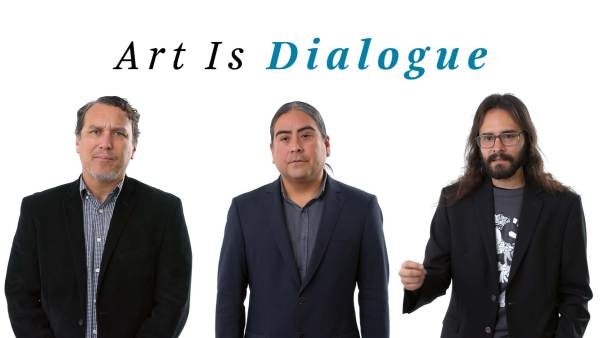
Postcommodity on using art to dialogue
Art can be used to create dialogue between people and break “us-versus-them” mentalities. The collective Postcommodity discusses how it uses art to uplift communities and ensure they have agency to communicate their own needs and desires.
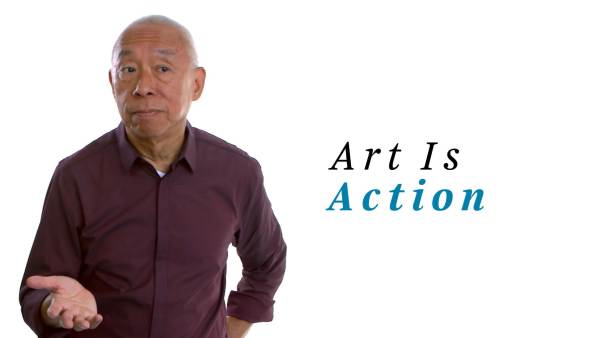
Ping Chong on using art to empower and heal
Art allows us to re-anchor into our humanity. In his work, artist Ping Chong creates spaces for ordinary citizens to speak their own truth on stage. In this way, he heals and affirms people, and helps create a society that’s more just and more humane.
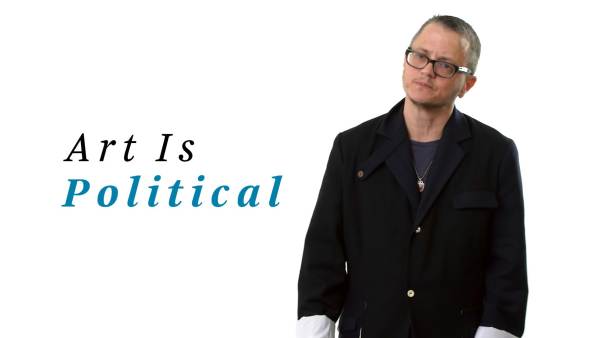
P Carl on the power of curation
Art has to be connected to the politics of our world, because it can bring us together in ways politics can’t. Theater director P Carl believes theater should be curated with the idea that everyone belongs, and in this way, it can help connect people to the issues that really matter.
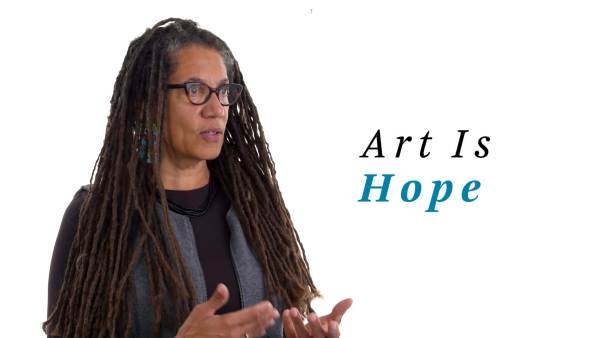
Nikky Finney on using art for change
Art can connect us across time. Poet Nikky Finney draws on stories from the past to challenge artists to continue their efforts for social change. She believes artists should heed lessons from the past and bring them into the future.

Mira Nair on cultural representation
Art gives us the ability to see other cultures and to look at the world anew. Director Mira Nair uses film to tell stories of marginalized communities that are not often represented on screen. She believes art can help people see their place in the world.
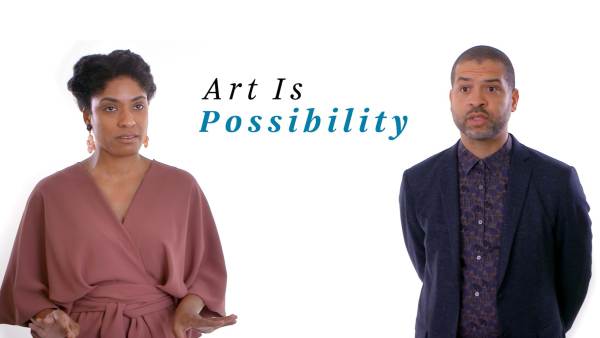
Alicia Hall Moran and Jason Moran on how art is possibility
Art has the power to make a big impact in our world. Musicians and educators Alicia Hall Moran and Jason Moran believe art has the potential to connect people and challenge inequalities. Through art, we can bridge the gap between past and present, and learn more about each other.
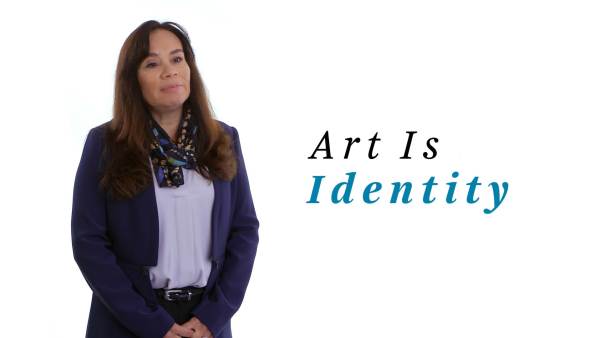
Lori Pourier on the link between art and identity
Art allows us to reveal our identities. President of First Peoples Fund Lori Pourier sees artists as changemakers in society who can help restore history and educate us about our past. In this way, artists can restore both public history and personal identity.
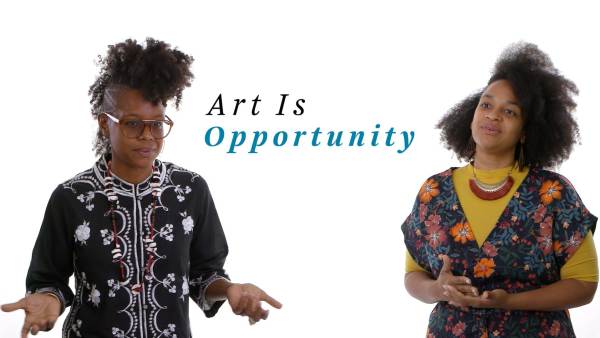
Las Nietas de Nonó on creating opportunities with art
Art gives us the opportunity to create change in communities. The art duo Las Nietas de Nonó use art to share voices of underserved communities in Puerto Rico. They believe in creating theater in alternative spaces, where people’s voices can be heard and a genuine exchange of voices takes place.
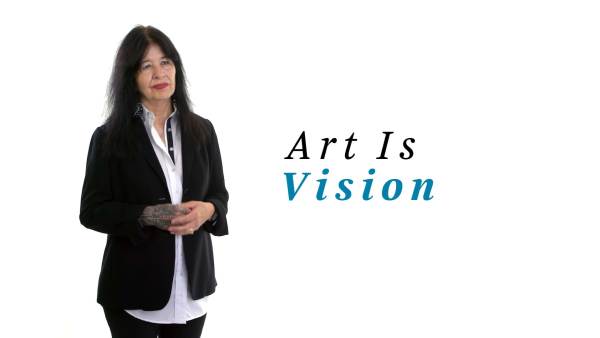
Joy Harjo on how artists have vision
Artists can give vision to a community. Poet Joy Harjo uses her art to strive for gender justice. She believes artists have a responsibility towards growing the communities they’re in, creating a vision for those around them and fostering compassion.
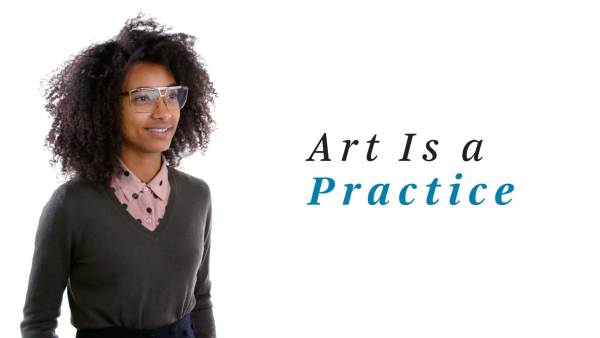
Esperanza Spalding on art as a practice
Art can help heal people. Grammy-winning musician Esperanza Spalding believes artists, through practicing their craft, can experiment and reposition their work to find the best ways to help and encourage people to transform negative situations for the better.
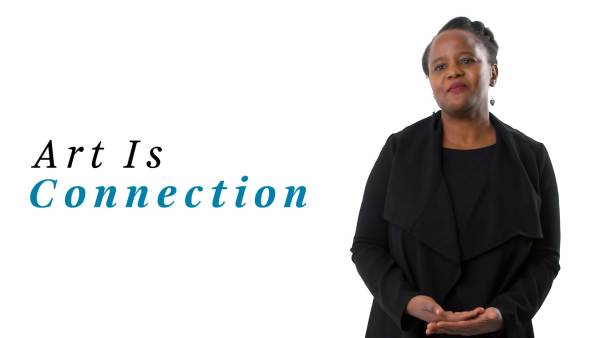
Edwidge Danticat on how literature connects us
Art can transport us to different places and connect us to each other. Novelist Edwidge Danticat uses her writing to share stories that dispel stereotypes and help foster greater understanding. She believes that breaking bias is done through sharing stories.
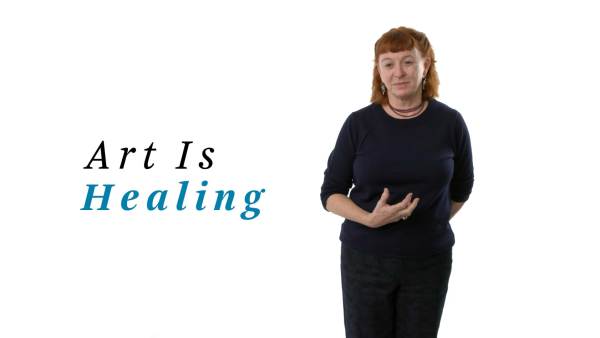
Deborah Luster on how art heals
Art encourages healing by connecting stories between people. Deborah Luster knows firsthand how art can help others heal. She channeled the pain she felt after her own loss to help bring about healing in a prison community.
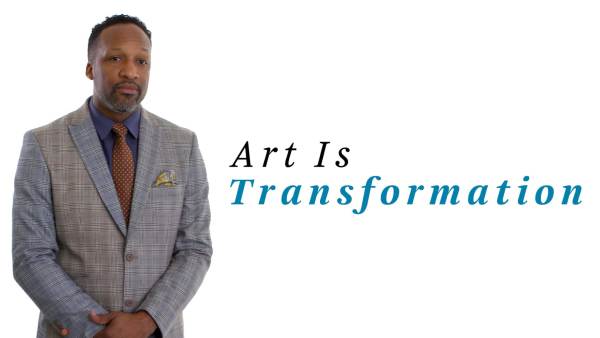
Carlton Turner on how art transforms culture
Artists are cultural strategists working to eliminate oppression and dismantle inequality, says performance artist Carlton Turner. He explains how artists take community work and engage in social transformation by giving voice to those who’ve been disenfranchised. Communities can shift because of the work artists are doing.